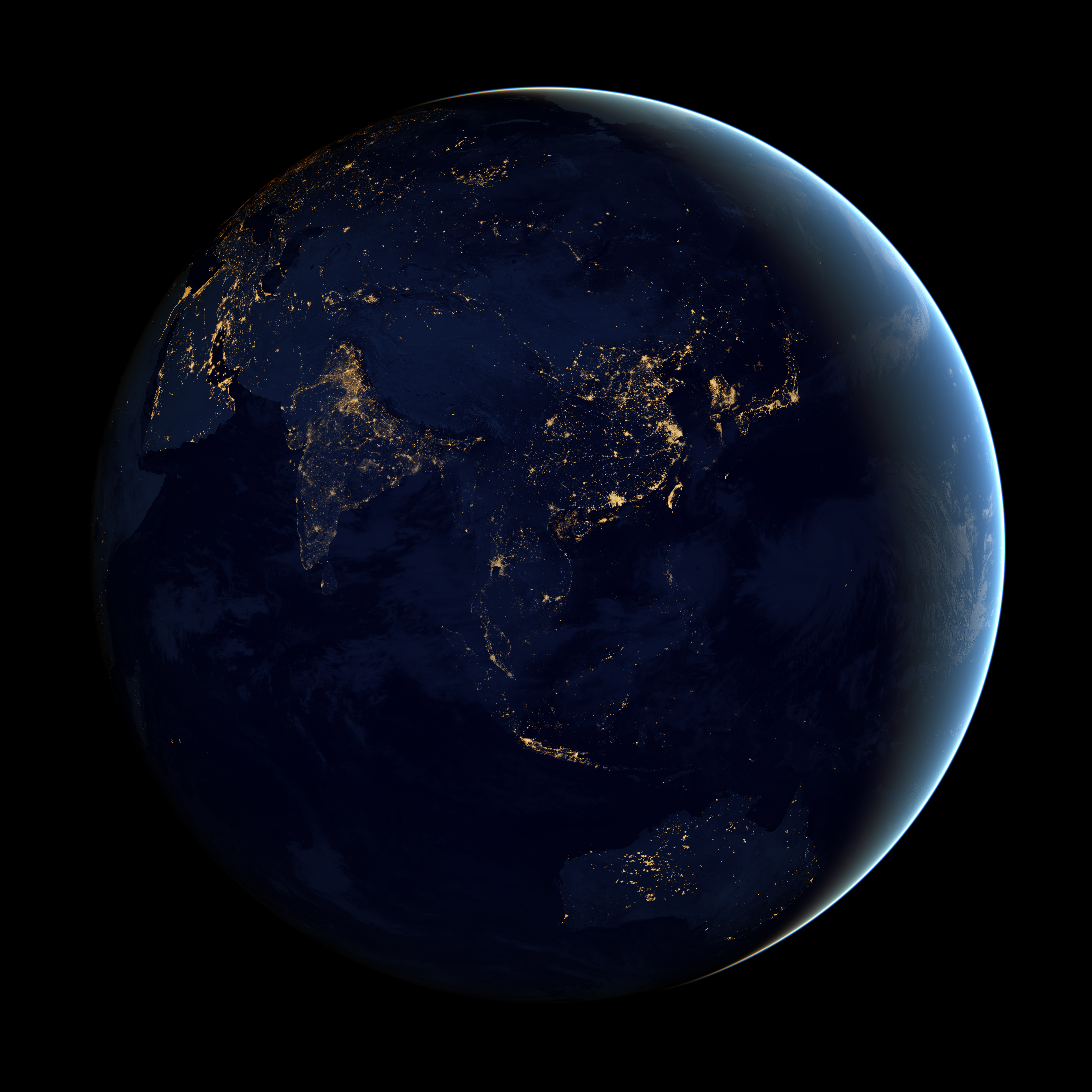What are the avatars of the Anthropocene? How, that is, does a theoretical (indeed, for now, hypothetical) condition of the planet as a whole become present to our senses? Through what perceptions does the Anthropocene enter into our immediate experience?
These questions stem from the profound intuition that direct, sensory experience is a touchstone for knowledge across its many forms. Empiricism is the basis for scientific inquiry; the production of experience is a central goal of creative activity. As something real, therefore, the Anthropocene must offer us some perceptible indicators. Such detectable traces are perhaps recognizable only through interpretation—and indeed might only be available through the mediation of complex technology. But the sensations themselves are the ground for the visceral acceptance of the reality they represent: think of expectant parents squinting at a sonogram machine, making the connection between the grainy image on the screen and their developing child.
Since we typically rely first on vision for knowledge we can ask, then, what sights reveal the Anthropocene? The fact that the dark side of the Earth glows at night, as Erle Ellis has intimated (2018: 160), can be viewed as a visual manifestation of a humanized planet (something visible to us only as an image composed from data collected by satellite).
But further, beyond how it looks, how does the Anthropocene sound, and feel, and smell, and taste? And what evidence of the Anthropocene might be presented by more complex sensations due to thermoception, proprioception, or hunger and thirst? What comes when features of the world to which we are insensitive are represented in ways we can experience, e.g. when we extend our senses with instruments? How do our efforts to render the Anthropocene available to perception embody and convey particular conceptions of it?
We will explore the topic of perception and the Anthropocene in a new series of posts by scholars and creative practitioners, beginning in summer 2018. At the core of these investigations is a necessarily inconclusive but hopefully useful interdisciplinary discussion about how we sense and make sense of all that the Anthropocene puts before us — as well as how we might begin to perceive aspects of it that we have not yet experienced.
Posts in this series are collected here.
References
Ellis, E.C. 2018. Anthropocene: A Very Short Introduction. Oxford: Oxford University Press.

